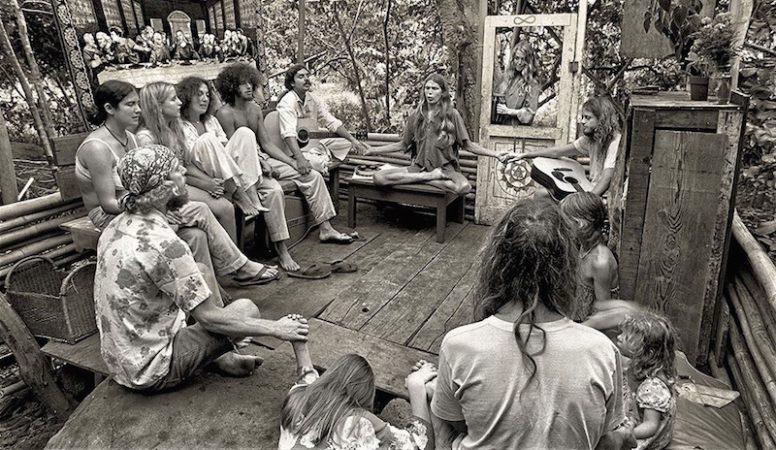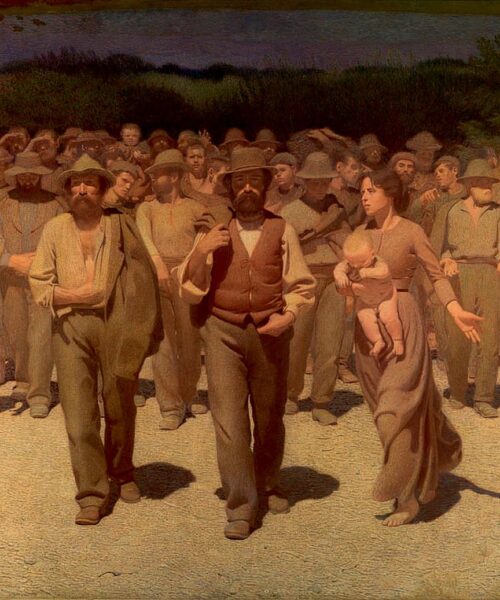The counterculture of the 1960s and 70s spawned a series of unique social experiments. Among these, hippie communities emerged as a powerful expression of the desire to reject mainstream society and create a world based on ideals of free love, the abolition of private property, and harmony with nature. However, decades later, we must admit that many of these utopias encountered significant failures. Their collapse raises important questions about the feasibility of these radical ideologies.
Private Property vs. Common Ownership in Hippie Communities
The abolition of private property was a cornerstone principle of hippie communities. The idea was that material ownership created divisions and injustices. By replacing private property with common ownership, they hoped to create a more equitable society. However, in practice, this often led to tensions and conflicts. The issue of who had the right to use what, when, and how turned out to be much more complex than imagined.

Free Love and Emotional Challenges in Hippie Communities
Free love was another pillar of these communities. Rejecting monogamy and sexual conventions, they aspired to create a culture of love and intimacy free from restrictions. But this idealism often met the reality of human jealousy and the need for emotional stability. Furthermore, issues of consent and respect often became complex in these communities, raising serious ethical concerns.
Collective Education and Implications for Children in Hippie Communities
Collective education of children was seen as a way to free the next generation from the conditioning of the dominant society. But this freedom sometimes turned into a lack of structure and support. Moreover, when communities dissolved, many children suddenly found themselves torn from their social contexts and forced to navigate a mainstream world they had no experience with.

Natural Diets and Self-Production in Hippie Communities
Hippie communities were often vegetarian and promoted a diet based on naturally grown products. This undoubtedly had benefits for health and the environment. However, these practices required a level of work and organization that was not always compatible with the relaxed, non-hierarchical rhythm of these communities.
Naturism, Sexuality, and Gender in Hippie Communities
Naturism and the breaking down of sexual and gender taboos were common practices in hippie communities. They sought to break away from restrictive social conventions and create a climate of acceptance and liberation. However, here too, utopia clashed with reality. Not everyone felt comfortable with these practices, and respecting personal boundaries became a problem.

Conclusion
In conclusion, hippie communities represent a fascinating example of how radical ideals can clash with the complexities of human reality. These shattered utopias teach us that the pursuit of a better society must be informed not only by idealism but also by a deep understanding of human nature and the need for solid social structures. Their failure, however, should not discourage us from trying to build a fairer and more sustainable world. We must only remember that change is a complex process that requires patience, flexibility, and constant commitment.












